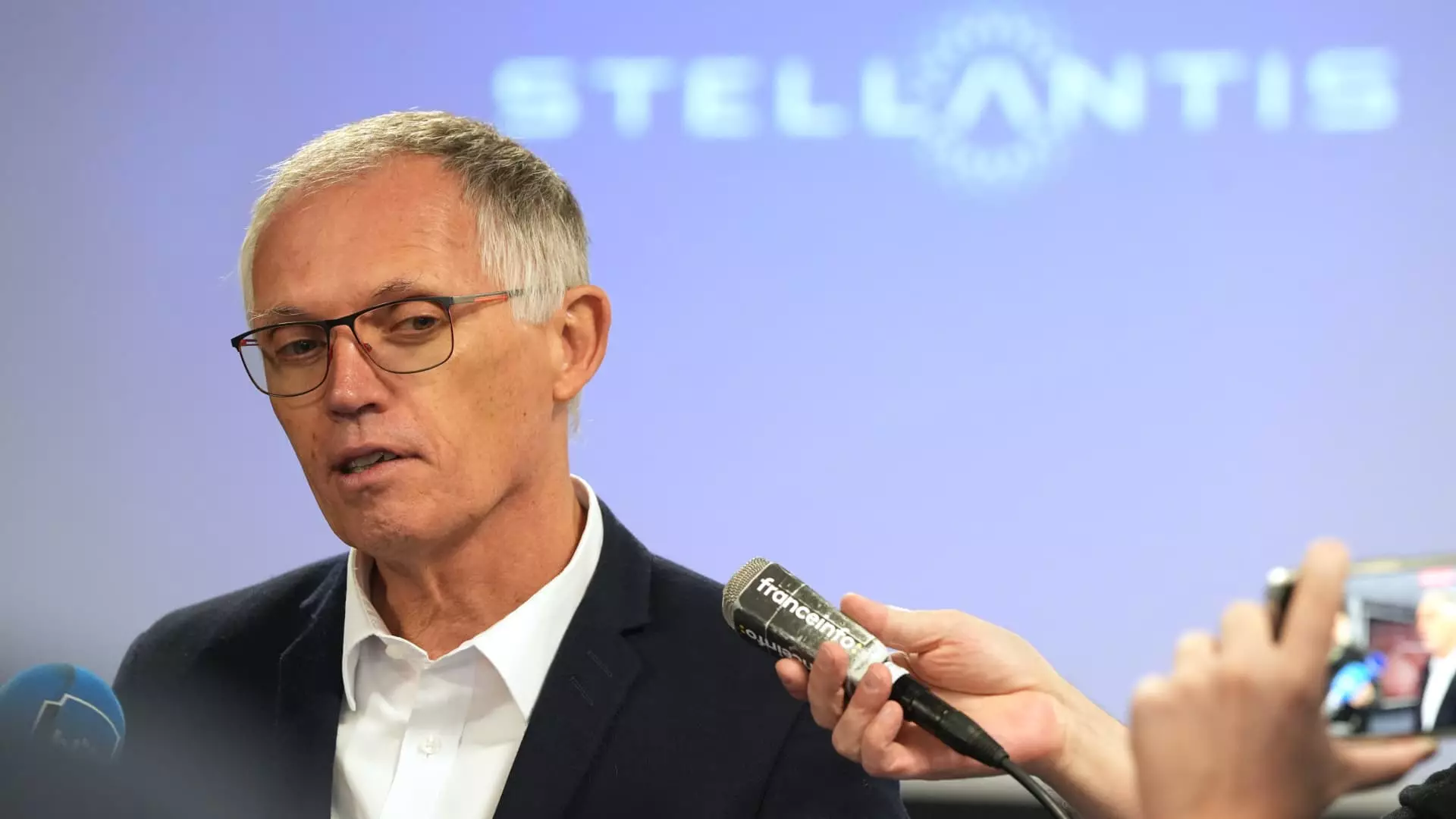The recent resignation of Carlos Tavares as CEO of Stellantis has sent shockwaves through the automotive industry. His abrupt departure, effective immediately, has been attributed to “different views” between him and the board of directors. This situation raises critical questions about corporate governance, leadership effectiveness, and the direction of one of the world’s largest automakers in the face of instability.
Understanding the Context of Tavares’ Resignation
Stellantis, which emerged from the merger of Fiat Chrysler Automobiles and PSA Groupe in 2021, has experienced considerable turbulence in recent months. Tavares’ resignation comes shortly after he announced intentions to retire in 2026, with plans for succession already in process. It appears that the intricacies of the boardroom have become increasingly fraught, reflecting a disconnect between strategic visions at the highest levels of the organization. Senior independent director Henri de Castries articulated this stark divergence, indicating that the previously harmonious relationship between shareholders, the board, and the CEO had eroded, leading to Tavares’ exit.
The fact that Tavares was heralded as a transformative figure within Stellantis only adds irony to the situation. He was recognized for his leadership during the merger and was perceived as having steered the company toward profitability. However, the recent downturns in financial performance, particularly concerning the U.S. market—the company’s key revenue driver—sparked growing unease among investors and board members alike.
In a broader context, Tavares’ resignation underscores critical underlying issues plaguing Stellantis. This year, the company’s financial metrics have consistently fallen short of expectations, evident in a significant 27% decline in third-quarter net revenues compared to previous years. Stellantis’ stock performance, down approximately 43% in 2024, echoes investor dissatisfaction and growing concern over the company’s strategic direction.
The automotive market, fraught with uncertainties, has necessitated swift adaptations and investment in new technologies. However, Stellantis has been criticized for insufficient product innovation and a failure to keep pace with competitors, who have embraced electric vehicle development and sustainable practices more decisively. As Stellantis trails behind, the need for a renewed focus on product development becomes crucial.
Cost-cutting initiatives implemented by Tavares to achieve an audacious €8.4 billion ($9 billion) in savings have proved contentious among stakeholders. While reducing operational costs is often vital for long-term sustainability, excessive cuts can lead to detrimental effects on employee morale, quality of production, and ultimately, consumer satisfaction. Indeed, Tavares’ aggressive stance on restructuring, including layoffs affecting roughly 47,500 individuals, has caused unrest among unions and employees.
Critics within Stellantis have described Tavares’ cost-driven approach as excessively grueling, positing that it has exacerbated existing challenges in the U.S. market, where sales have continued to decline sharply. The reduction of headcount, along with the shift of operations toward lower-cost regions, has also drawn ire from the United Auto Workers union and other stakeholders advocating for job security and fair working conditions.
In light of the resignation and the subsequent leadership vacuum, Stellantis faces a period of introspection and strategic reevaluation. The company has indicated that an interim executive committee will oversee operations during the leadership transition, emphasizing the importance of a unified approach in navigating these challenges.
As Stellantis searches for a new CEO, the incoming leader will need to reconcile the diverse interests of employees, shareholders, and consumers while steering the company towards innovation and sustainable practices. This pursuit will be critical in an automotive industry increasingly defined by rapid technological advancements and shifting consumer preferences focused on environmental responsibility.
Ultimately, Tavares’ exit serves as a cautionary tale for executives and boards alike—highlighting the precarious balance between cost management, operational efficiency, and the cultivation of a company culture that prioritizes innovation and employee engagement. The lessons learned from this chapter in Stellantis’ history will undoubtedly shape its path forward and impact the future trajectory of the automotive industry as a whole.


Leave a Reply